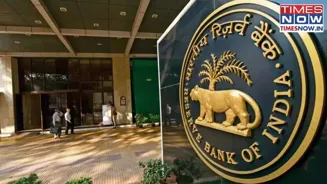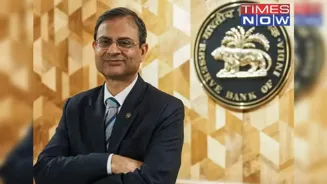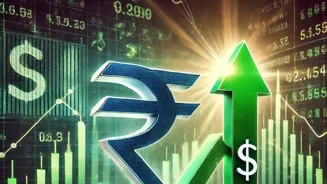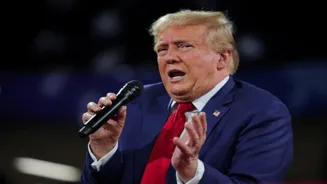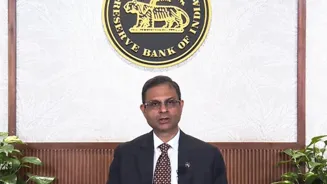In a clear signal of economic confidence and policy continuity, the Reserve Bank of India (RBI) on Tuesday held the benchmark repo rate steady at 5.5 per
cent, retaining its neutral monetary policy stance amid intensifying geopolitical risks and global trade uncertainty. The decision came despite mounting pressure on the rupee and Indian exports, fuelled by US President Donald Trump’s threat to impose additional tariffs on Indian goods within 24 hours. Delivering the August 2025 Monetary Policy, RBI Governor Sanjay Malhotra stressed that the central bank would stay the course, reaffirming India’s resilient macroeconomic fundamentals and robust domestic demand outlook. “While the global environment remains fragile and uncertain, India’s economy continues to show resilience, supported by strong rural consumption, fiscal stability, and easing inflationary pressures,” Malhotra said at the press briefing following the Monetary Policy Committee (MPC) meeting.
Key Takeaways from the August MPC
1. Policy Continuity Amid Global Volatility
Governor Sanjay Malhotra announced that the Monetary Policy Committee (MPC) unanimously decided to keep the repo rate unchanged at 5.5% and retain the neutral stance, reaffirming policy consistency amid global shocks, particularly US tariff pressures.
2. India Stays Firm on Growth Trajectory
Despite persistent uncertainty over US President Trump’s tariff escalation and global slowdown concerns, the RBI retained its FY26 GDP growth forecast at 6.5%, with quarterly projections indicating steady momentum:
- Q1 – 6.5%
- Q2 – 6.7%
- Q3 – 6.6%
- Q4 – 6.3%
- Q1 FY27 – 6.6%
3. Inflation Under Control, Forecast Revised Downward
In a major signal of macroeconomic stability, the RBI sharply reduced its CPI inflation forecast for FY26 to 3.1%, down from 3.7%.
- Q2 inflation revised to 2.1% from 3.4%
- Q3 at 3.1% from 3.9%
- Q4 held steady at 4.4%
4. Global Concerns, Local Strength
The RBI acknowledged that while financial market volatility and geopolitical uncertainties have eased somewhat, trade tensions—especially over Russia and global tariffs—remain a concern. Still, India’s domestic resilience, fiscal prudence, and strong rural recovery continue to underpin confidence.
5. No Rush to Cut Further, But Door Ajar
Although earlier rate cuts and CRR reductions are still transmitting through the system, the RBI left the door open for future action depending on data. Economists view this as a measured, India-first stance, balancing external caution with internal optimism.
India’s central bank isn’t flinching in the face of Trump’s tariff threats. The policy message is clear: India's economy is strong, its inflation is tamed, and its growth story is intact. The RBI’s stand signals strategic confidence and long-term stability, even as global winds turn volatile.
